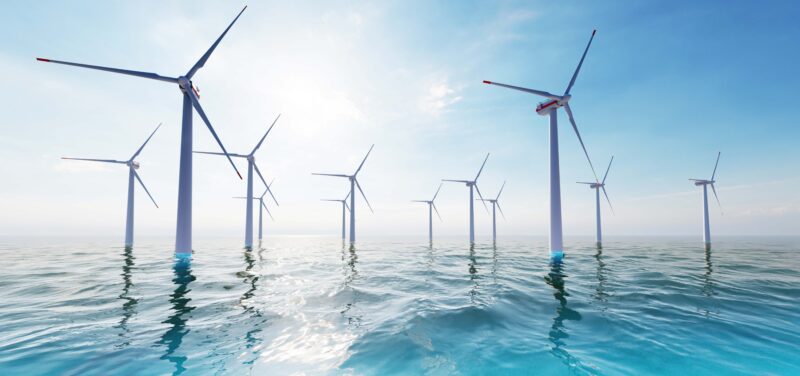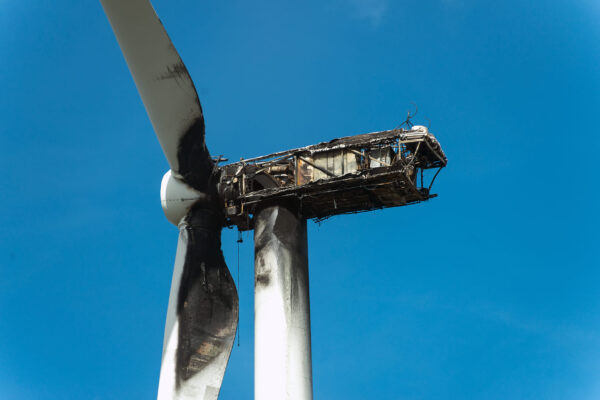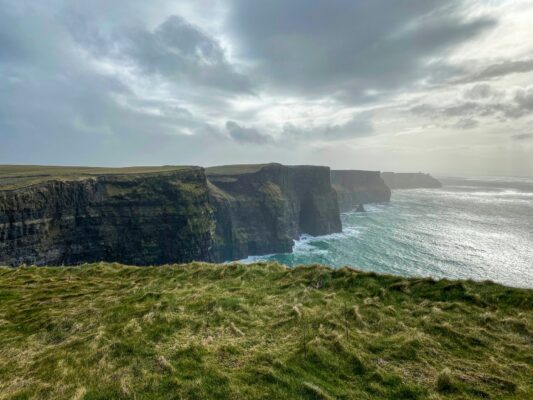Wind power in Brazil begins in the late 20th century and was initially characterized by modest research initiatives and small-scale projects primarily focused on understanding the potential of wind as a renewable energy source. Among early notable efforts was the installation of wind turbines in the Fernando de Noronha Archipelago in the 1990s, which demonstrated the viability of wind power in Brazil and helped to garner interest and investment in this field.
Government incentives
The Brazilian government, recognizing the potential of renewable energy, began laying the groundwork for substantial, large-scale developments in the early 2000s. It introduced policies, regulatory frameworks, and incentives to encourage the development of renewable energy, with the PROINFA program being a key initiative. This program aimed to increase the share of renewable energy in Brazil’s electricity matrix and offered financial incentives and streamlined processes, particularly for wind power projects. Notably, the Osório Wind Farm in Rio Grande do Sul, initiated under this program, became one of the largest wind farms in Latin America at the time. The program also provided crucial support for the establishment and growth of local manufacturing capacities, enabling Brazil to produce wind turbines and related components domestically. This not only reduced dependency on imports but also stimulated the local economy and created job opportunities.
Brazil’s wind energy market
- Installed capacity: Over 24 GW
- Energy share: ~12% of Brazil’s electricity
- Growth rate: ~10% annually
- Wind farms: 890
- 2030 target: ~30 GW capacity
Source: Mordor Intelligence
Rapid growth and technological advancements
The 2010s witnessed a swift expansion in Brazil’s wind power sector, driven by ongoing government support and an influx of domestic and international investment. During this period, Brazil saw the construction of numerous large wind farms. Key among these were the Lagoa do Barro Wind Complex in Piauí and the Complexo Eólico Alto Sertão in Bahia, both testament to the country’s capabilities in implementing large-scale green energy projects.
Furthermore, technological advancements during this decade played a crucial role in enhancing the efficiency and scope of wind energy projects. The introduction of taller wind turbines was a game-changer. These turbines could reach higher altitude winds, which are typically stronger and more consistent. An excellent example of this technological progress was the Ventos do Sul Wind Farm in Rio Grande do Sul, which became a model for efficiency and technological innovation.
Current status and prospects
As of 2023, Brazil stands out as the leading wind energy producer in Latin America and is among the top 10 globally. The country’s remarkable journey in wind power is evidenced by its 890 wind power plants spread across 12 states. The country’s installed capacity for onshore wind power is particularly remarkable, reaching 24 GW. This figure represents a dramatic increase from less than 1 GW just a decade ago, highlighting Brazil’s rapid advancement in this sector. Moreover, Brazilian wind energy market is expected to grow to 45 GW by 2028, with the offshore wind sector being identified as a key area for future development.



